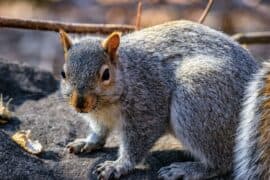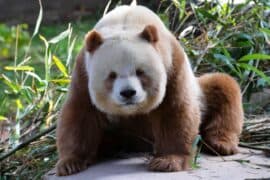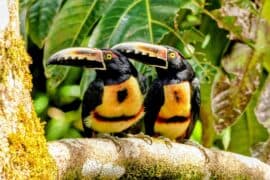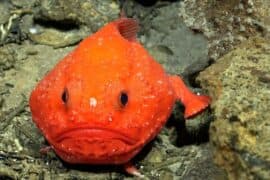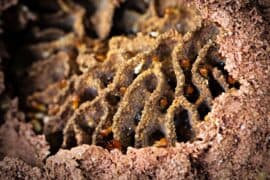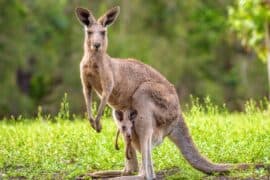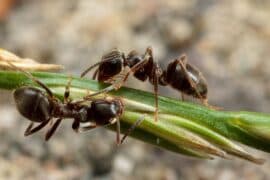Glaucous-winged gull
(Larus glaucescens)
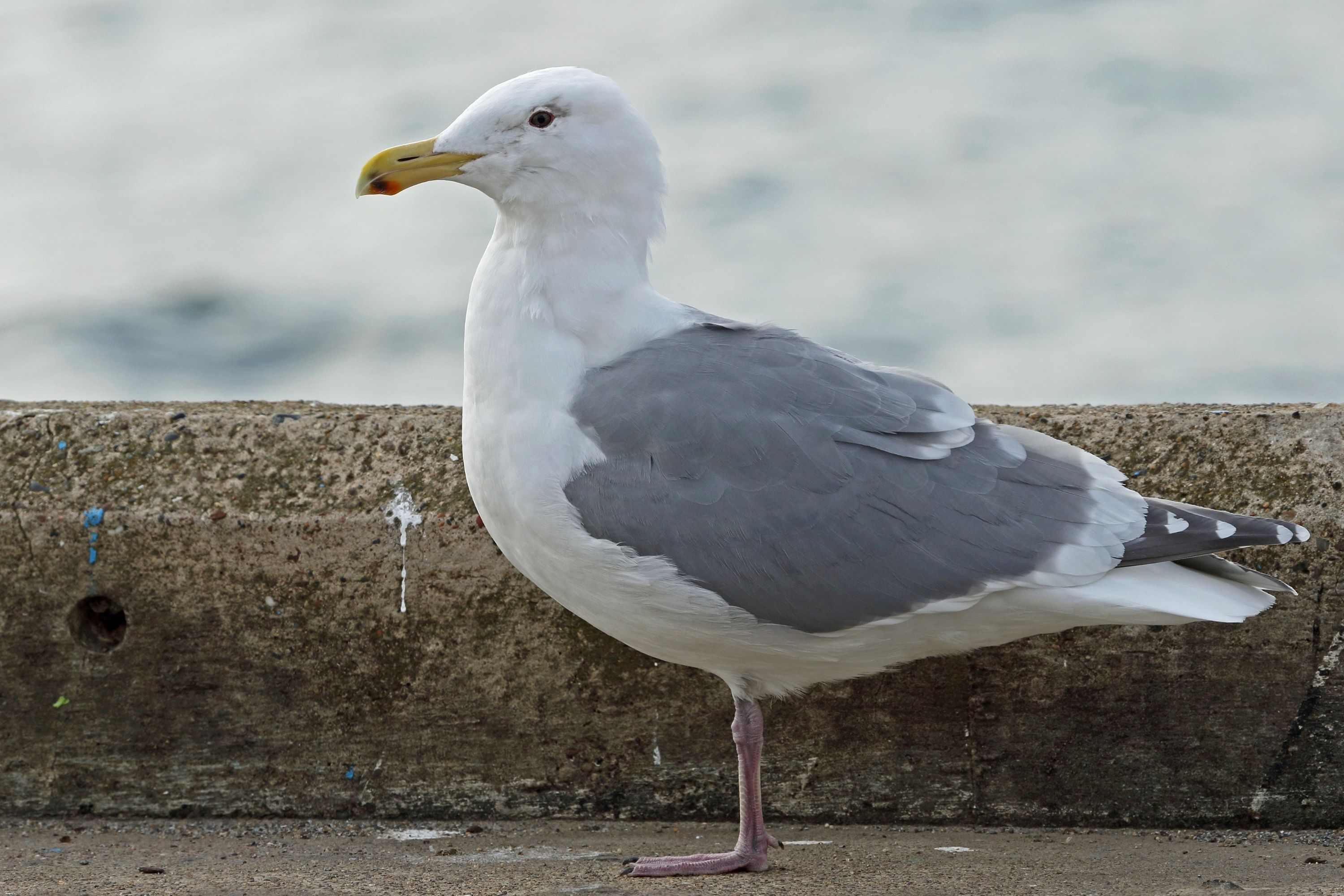
Description
The glaucous-winged gull (Larus glaucescens) is a large, white-headed gull. The genus name is from Latin Larus which appears to have referred to a gull or other large seabird. The specific glaucescens is New Latin for "glaucous" from the Ancient Greek, glaukos, denoting the grey color of its wings. The glaucous-winged gull is rarely found far from the ocean. It is a resident from the western coast of Alaska to the coast of Washington. These glaucous winged gulls can also be found in the Puget Sound region. It also breeds on the northwest coast of Alaska, in the summertime and in the Russian Far East. During winter, they can be found along the coast of California, Oregon, Baja California, Baja California Sur, and Sonora. Glaucous-winged gulls are thought to live about 15 years, but some live much longer; a bird in British Columbia, for example, lived for more than 21 years, while one in the US state of Washington lived for at least 22 years, 9 months. The longevity record though, is more than 37 years, for a bird banded as a chick in British Columbia. This gull is a large bird, being close in size and shape to the closely related Western gull (L. occidentalis). It measures 50–68 cm (20–27 in) in length and 120–150 cm (47–59 in) in wingspan, with a body mass of 730–1,690 g (1.61–3.73 lb). It weighs around 1,010 g (2.23 lb) on average. Among standard measurements, the wing chord is 39.2 to 48 cm (15.4 to 18.9 in), the bill is 4.6 to 6.4 cm (1.8 to 2.5 in) and the tarsus is 5.8 to 7.8 cm (2.3 to 3.1 in). It has a white head, neck, breast, and belly, a white tail. The silver-gray wings and back form the mantle, which is darker than that of the Glaucous gull and paler than the Herring gull and Western Gull. The primary flight feathers (wingtips) are grey, usually the same shade as the mantle. Its legs are pink and the beak is yellow with a red subterminal spot (the spot near the end of the bill that chicks peck in order to stimulate regurgitative feeding). The irises are typically dark, and surrounded by pink orbital skin. The forehead is somewhat flat. During the winter, the head and nape is darker with a varied smudged or mottled pattern, and the bill colour becomes duller, often with dark markings near the tip. Young birds are brown or gray with black beaks, and take four years to reach adult plumage. The glaucous-winged gull nests in the summer, and each pair produces two or three chicks which fledge at six weeks.
Taxonomic tree:

